The evils of exchanging scions
Axel
11 years ago
Related Stories

HOLIDAYSShow Us Your Diwali Decor!
Do you celebrate India's festival of lights? We’d love to see your photos from this year and hear how you’ve decorated your home
Full Story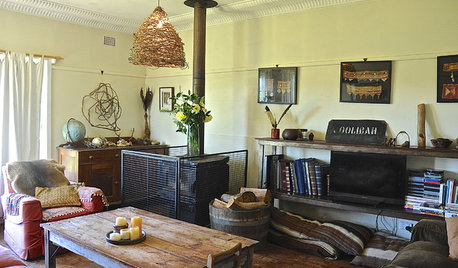
HOUZZ TOURSMy Houzz: Cozy Country Meets Bohemian Artistic in Australia
Healthy helpings of salvage and rustic art give a pastureland home free-spirited style
Full Story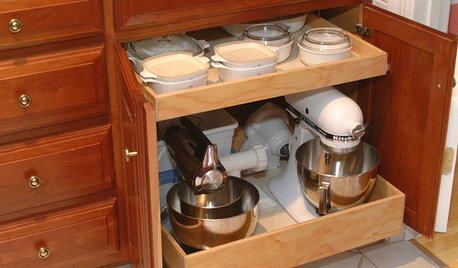
KITCHEN APPLIANCESConsidering a New Kitchen Gadget? Read This First
Save money, time and space by learning to separate the helpers from the hassles
Full Story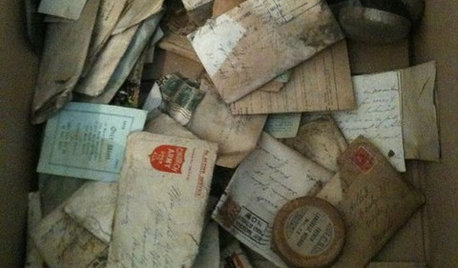
REMODELING GUIDESYou Won't Believe What These Homeowners Found in Their Walls
From the banal to the downright bizarre, these uncovered artifacts may get you wondering what may be hidden in your own home
Full Story
EDIBLE GARDENSHow to Add an Apple Tree to Your Edible Garden
Readily available, beautiful and fragrant, apple trees offer four-season interest along with crisp, juicy fruit
Full Story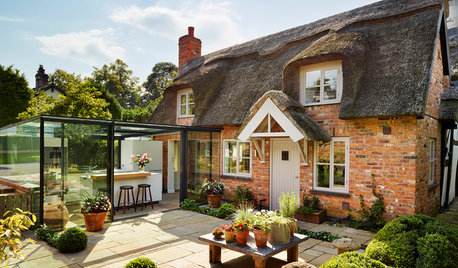
HOMES AROUND THE WORLDStorybook Cottage Gets an All-Glass Kitchen
A showstopping addition to a traditional thatched cottage houses a contemporary kitchen
Full Story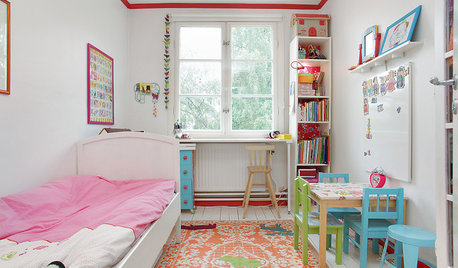
LIFEStop the Toy Takeover by Changing the Way You Think
Make over your approach and get gift givers onboard with your decluttering efforts by providing meaningful toy alternatives
Full Story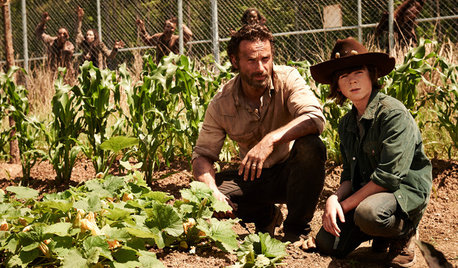
FUN HOUZZHow to Survive an Epidemic of Walking Dead
Tips to use around the house and garden to prep for the zombie apocalypse
Full Story
LANDSCAPE DESIGN15 Great Ideas for a Lawn-Free Yard
End the turf war for good with hardscaping, native grasses and ground covers that save water and are easier to maintain
Full Story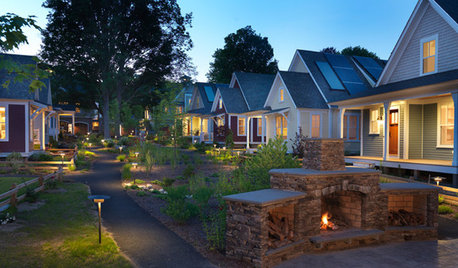
COMMUNITYSimple Acts: The Unsung Power of a Good Neighbor
There are many ways to be a good neighbor, and they're often easier than you think
Full StoryMore Discussions








Konrad___far_north
sonny44
Related Professionals
Southfield Landscape Architects & Landscape Designers · Walnut Landscape Architects & Landscape Designers · Canton Landscape Contractors · Frisco Landscape Contractors · Broomfield Landscape Contractors · Essex Landscape Contractors · Galveston Landscape Contractors · Harrisburg Landscape Contractors · Hickory Hills Landscape Contractors · Metairie Landscape Contractors · Nashua Landscape Contractors · Olympia Landscape Contractors · Oxnard Landscape Contractors · Saint George Landscape Contractors · South Hackensack Landscape ContractorsScott F Smith
fruitnut Z7 4500ft SW TX
AxelOriginal Author
Scott F Smith
marc5
AxelOriginal Author
Scott F Smith
ramble
Scott F Smith
AxelOriginal Author
BaaBaaRaa
marc5
canadianplant
Scott F Smith
alan haigh
AxelOriginal Author
AxelOriginal Author
alan haigh
marc5
alan haigh
canadianplant